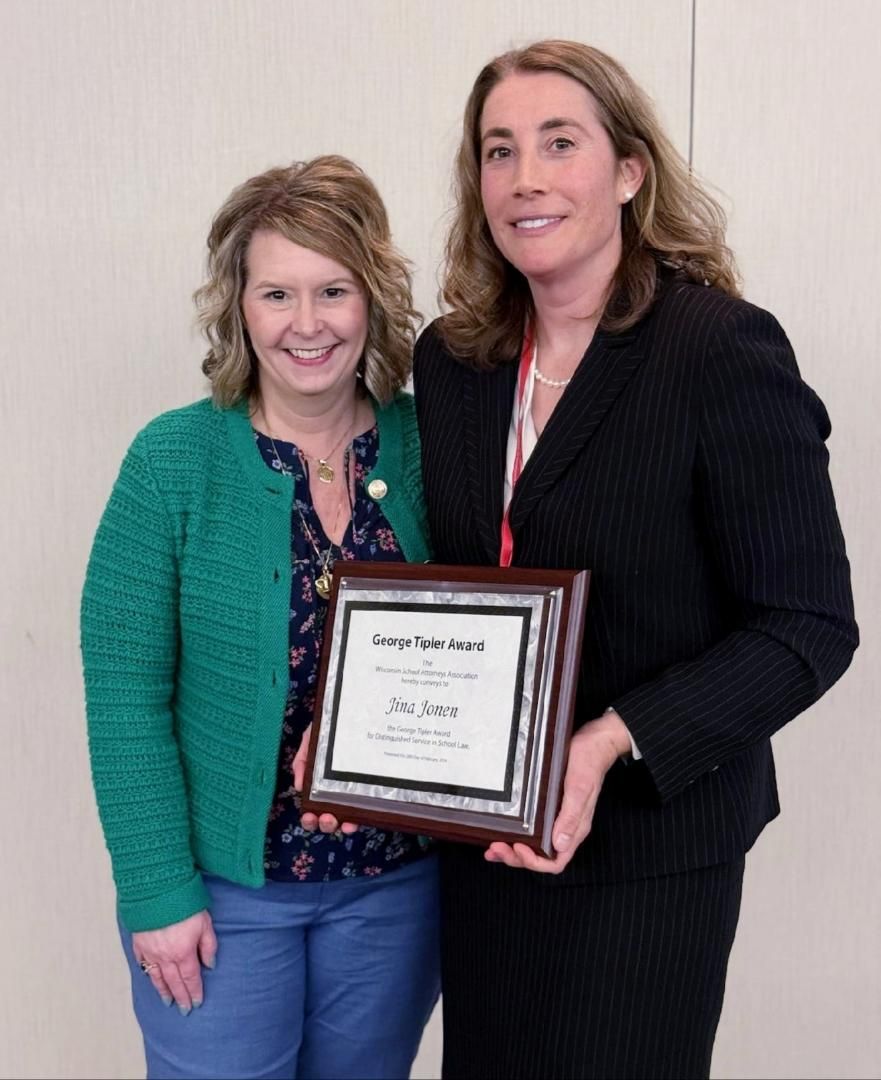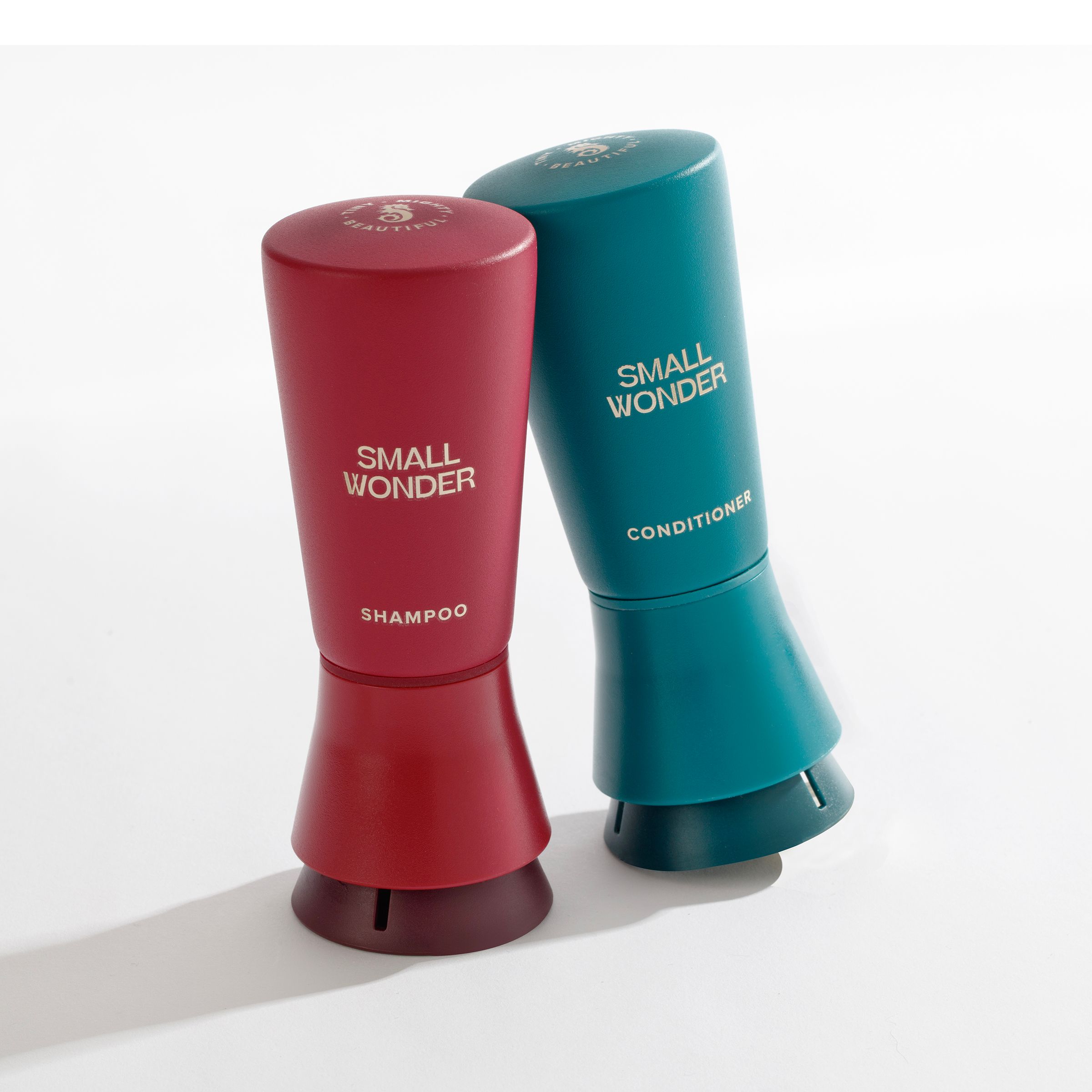UW alumnus Jeremiah Marsicek publishes climate research in Nature
As an alumnus of the University of Wisconsin (B.S. Geography, 2008), I am happy to share that some of my recent research was published in Nature, one of the top science journals in the world! As paleoclimatologists, my colleagues and I study how climates have changed in the past, what caused those changes, and how they impacted the landscape so that we can better understand and prepare for how future climate change might effect us down the road.
The motivation for this project is to put current warming into a longer-term setting. We need to know how unusual (or not) our current warming is. Have we seen warmer temperatures in the past? What about similar rates of warming? Both of these are important questions to understand.
To carry out this research, we studied pollen grains that get preserved in mud at the bottom of lakes. After collecting these sediments, we slice up the mud to isolate and identify the pollen grains – each of which have their own distinct shape. The further down in the mud column the pollen is, the older it is, even thousands of years old! Knowing what trees, shrubs, grasses, etc. the pollen came from tells us which species were on the landscape and when. Then we can begin to understand what the temperature would have been like when those plants were alive. We studied over 600 pollen records from across North America and Europe and compared our temperature history to that produced by climate models.
This work brought us to 3 important findings. One, recent temperatures across North America and Europe are pretty much unprecedented in the past 11,000 years. Two, a climate model simulation does a relatively good job of anticipating the changes in our temperature history, giving us confidence in the model to forecast future changes. Three, while important natural fluctuations in climate have taken place over the last 11,000 years, these would have naturally led to global cooling today in the absence of human activity.
The article can be found here: http://rdcu.be/FZdQ.






